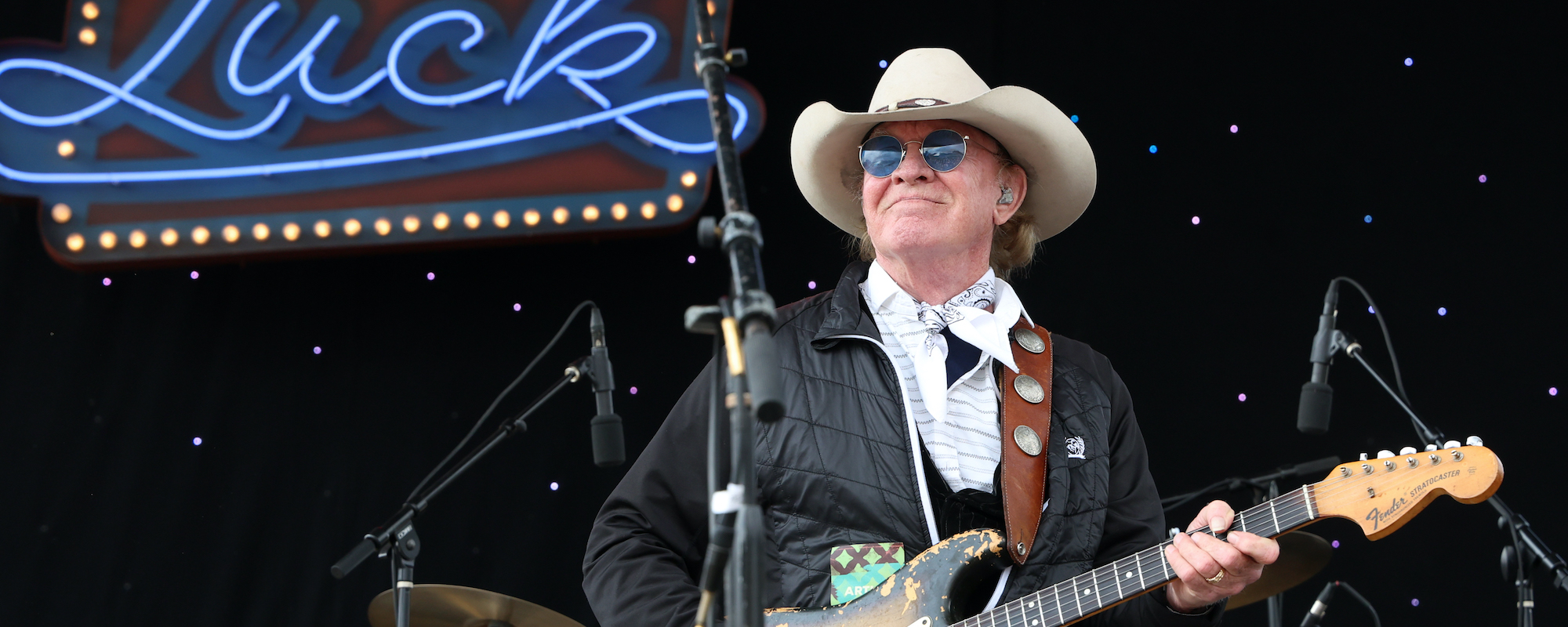You may know the name Linda Martell because of Beyoncé’s new album, Cowboy Carter. But Martell had already changed country music and smashed barriers when she became the first Black female artist to perform at the Grand Ole Opry.
Videos by American Songwriter
Though she faced racial abuse and taunts on stage and backstage, Martell persisted, and her stubbornness paved the way for future Black artists.
Martell, born Thelma Bynem, began her career singing rhythm and blues with her sister and cousin in the group The Anglos. A DJ named Charles “Big Saul” Greene found Martell singing at school and convinced her to adopt the stage name Linda Martell.
An Unsuccessful R&B Career Led to Another Reinvention
Recording as Linda Martell and The Anglos, the girl group released “A Little Tear (Was Falling from My Eyes)” in 1962. However, they were not commercially successful, and the young group disbanded.
Though The Anglos broke up, Martell continued to perform in clubs. She was eventually discovered by William “Duke” Rayner, a former Nashville furniture dealer turned music executive. Rayner introduced Martell to producer Shelby Singleton Jr. and convinced her to change genres. As she told Rolling Stone, Rayner said, “You gotta go country.”
Martell released her only album Color Me Country in 1970. The album reached No. 40 on the Billboard Top Country Albums chart and features the single “Color Him Father.”
Two Hits with One Song
“Color Him Father” was initially recorded by the Washington, D.C., funk and soul group, The Winstons. Released in 1969, their debut single broke the Top 10 on the Billboard Hot 100. Martell released the song the following year. Martell’s version was one of three charting singles from Color Me Country and reached No. 22 on the Billboard Hot Country Songs chart.
Written by Richard Lewis Spencer, the song is about a child showing love for her stepfather. The man married a woman whose husband was killed in war. Furthermore, “Color Him Father” appealed to the public amidst the height and controversy of the Vietnam War.
There’s a man at my house, he’s so big and strong
He goes to work each day, and he stays all day long
He comes home each night looking tired and beat
He sits down at the dinner table and has a bite to eat
Spencer used “color” as a verb, which echoes the theme of Barbra Streisand’s 1963 single, “My Coloring Book.” He also sang The Winstons’ version and won a Grammy for R&B Songwriter of the Year in 1969.
I think I’ll color him father
I think I’ll color him love
I’m gonna color him father
I think I’ll color him love
Beyoncé’s Second Act
Beyoncé’s recent work vividly traces the path of Black music history. As a student of Black history, she also sees herself and her work as a moving part of the Black record.
On her groundbreaking country album Cowboy Carter, Beyoncé features Martell, who broke ground as a Black female country singer more than half a century earlier. Martell opens Beyoncé’s song “Spaghetti” by saying, “Genres are a funny little concept, aren’t they?”
Additionally, Martell appears in an interlude called “The Linda Martell Show,” where she introduces “Ya Ya” as a Beyoncé song that “stretches across a range of genres.”
Though Beyoncé knows Cowboy Carter isn’t possible without Linda Martell, she also knows many music fans probably don’t understand the significance of Black artists to the development and evolution of the white-dominated genre.
Who’s That Lady?
Songwriting, regardless of variety, is another way of telling stories. But with country music, the words often carry more weight than other forms of pop music. Like hip-hop, country songs tell rich stories of class and culture. It wasn’t surprising when country music began adopting hip-hop beats and vocal flows. Moreover, Houston-born Beyoncé Knowles making a country album should be equally unsurprising.
Martell told Rolling Stone, “Country music tells a story. When you choose a song, and you can feel it, that’s what made me feel great about what I was singing. I did a lot of country songs, and I loved every one of them. Because they just tell a story.”
Following Martell’s brief country career, Harper’s Bazaar described how the singer worked various jobs. She sang on cruise ships, opened a record store in the Bronx, and drove a school bus in South Carolina.
While working in a classroom, Martell’s students listened to her records and asked, “Who’s that lady?” On Cowboy Carter, Beyoncé answered their question.
When you purchase through links on our site, we may earn an affiliate commission.
Photo by Michael Ochs Archives/Getty Images













Leave a Reply
Only members can comment. Become a member. Already a member? Log in.